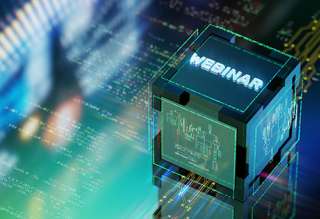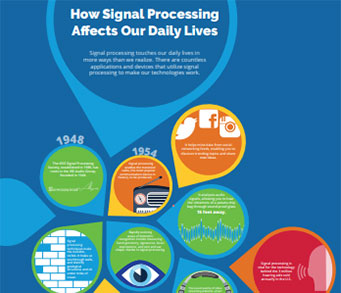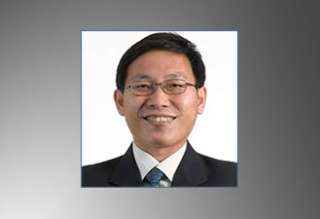SPS Feed
Top Reasons to Join SPS Today!
1. IEEE Signal Processing Magazine
2. Signal Processing Digital Library*
3. Inside Signal Processing Newsletter
4. SPS Resource Center
5. Career advancement & recognition
6. Discounts on conferences and publications
7. Professional networking
8. Communities for students, young professionals, and women
9. Volunteer opportunities
10. Coming soon! PDH/CEU credits
Click here to learn more.
The Latest News, Articles, and Events in Signal Processing
Date: 17 November 2023
Time: 8:30 AM ET (New York Time)
Speaker(s): Dr. Fan Liu, Dr. Christos Masouros, Dr. Le Zheng, Dr. Yuanhao Cui
Beamforming is a widely used signal processing technique to steer, shape, and focus an electromagnetic wave using an array of sensors toward a desired direction.

The Signal Processing, Learning, and Computing (SPLC) Group at the Baltic Institute of Advanced Technology (BPTI) seeks a postdoctoral researcher in theoretical signal processing.
Job Profile
The successful candidate will be developing new computational methods for airborne object recognition in radar signals. Your work will include
Date: 25 August 2023
Chapter: Kansai Chapter
Chapter Chair: Satoshi Nakamura
Title: Signal Processing and Deep Learning for Practical Active Noise Control
Date: 17 August 2023
Chapter: Tokyo Chapter
Chapter Chair: Nobutaka Ono
Title: Harnessing the Power of Deep Learning for Urban Sound Sensing and Noise Mitigation
Date: 20-23 May 2024
Location: Boulder, CO, USA
Twenty-five years ago, the field of computational imaging arguably did not exist, at least not as a standalone arena of research activity and technical development. Of course, the idea of using computation to form images had been around for several decades, largely thanks to the development of medical imaging—such as magnetic resonance imaging (MRI) and X-ray tomography - in the 1970s and synthetic-aperture radar (SAR) even earlier.
In this article, we summarize the evolution of speech and language processing (SLP) in the past 25 years. We first provide a snapshot of popular research topics and the associated state of the art (SOTA) in various subfields of SLP 25 years ago, and then highlight the shift in research topics over the years. We describe the major breakthroughs in each of the subfields and the main driving forces that led us to the SOTA today. Societal impacts and potential future directions are also discussed.
Pages
SPS Social Media
- IEEE SPS Facebook Page https://www.facebook.com/ieeeSPS
- IEEE SPS X Page https://x.com/IEEEsps
- IEEE SPS Instagram Page https://www.instagram.com/ieeesps/?hl=en
- IEEE SPS LinkedIn Page https://www.linkedin.com/company/ieeesps/
- IEEE SPS YouTube Channel https://www.youtube.com/ieeeSPS























